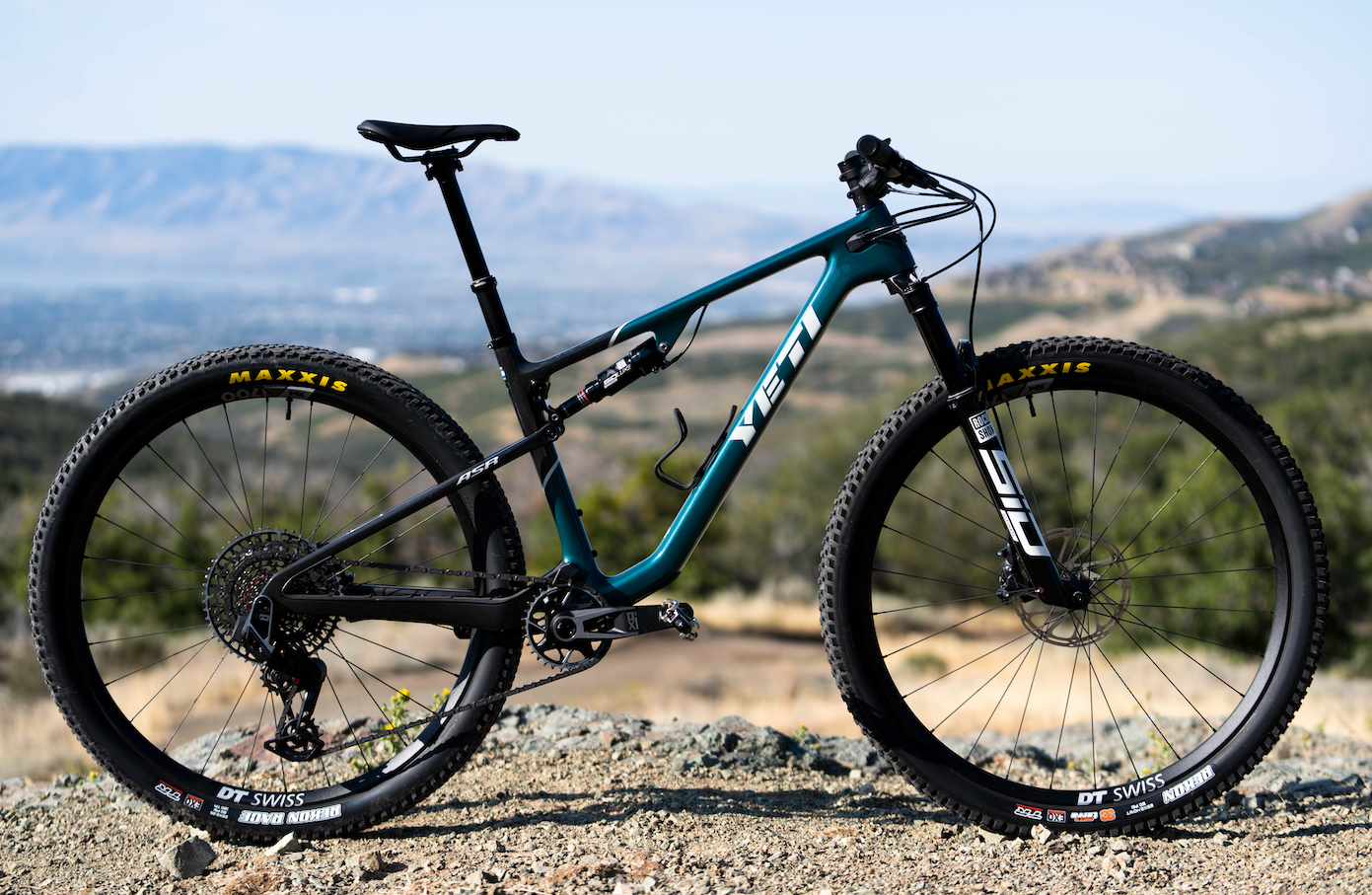SAVE 20% ON ORDERS OVER $45 WITH CODE ‘RACE20’
SRAM vs Shimano MTB Brakes: Which is Best?
March 07, 2023
When it comes to mountain biking brakes, two of the most popular brands are SRAM and Shimano. Both companies offer high-quality products, but there are a few differences between them that may influence which one you choose to put on your cockpit.
SRAM Brakes

SRAM is a relatively new company in the mountain bike industry, having been founded in 1987. However, they have quickly become one of the most popular brands among mountain bikers. SRAM offers two types of brakes: the Guide and the Code both in multiple variants.
The Guide brakes are designed for cross-country and trail riding, while the Code brakes are more heavy-duty and are designed for downhill and freeride riding. Both brakes use similar technology, but the main differences between the two primarily are the two or four-piston calipers and weight. The RSC high end models and include more adjustability with the lever.
One of the benefits of SRAM brakes is their modulation. Modulation refers to how easily the brakes can be feathered to control your speed. SRAM brakes have a very progressive feel, which means that you can easily adjust your speed without locking up your wheels. Less skidding = more control.
Another benefit of SRAM brakes is their reliability. SRAM brakes are known for their consistent performance, even in wet and muddy conditions. The four-piston calipers in the Code brakes provide plenty of stopping power, so you can trust your brakes to work when you need them.
Shimano Brakes

Shimano is a much older company than SRAM, having been founded in 1921. They are one of the largest manufacturers of cycling components in the world, and they offer a wide range of brakes for mountain biking. Some of their most popular models include the XT and the SLX.
The XT brakes are designed for cross-country and trail riding, while the SLX brakes are more heavy-duty and are designed for all-mountain and enduro riding. Both brakes use the same technology, including a two-piston or four-piston calipers depending on the model and a lever with a tool-free reach adjust.
One of the benefits of Shimano brakes is their power. Shimano brakes are known for their excellent stopping power, which is particularly important for riders who are tackling steep descents. Their unique feel has become a fan favorite in the mountain biking community.
Another benefit of Shimano brakes is their consistency. Shimano brakes are known for their excellent heat management, which helps to prevent brake fade during long descents. The lever pull on Shimano brakes is also very consistent, which makes it easy to modulate your speed.
Which One Should You Choose?

Ultimately, the choice between SRAM and Shimano brakes comes down to personal preference. Both brands offer excellent products that are suitable for a wide range of riding styles. Here are a few factors to consider when making your decision:
Modulation: If you prioritize modulation over raw stopping power, SRAM brakes may be the better choice for you.
Power: If you need the most immediate stopping power possible, Shimano four-piston brakes may be the better choice for you.
Riding style: If you are primarily a cross-country or trail rider, you may want to try the Guide or XT brakes. If you are primarily a downhill or enduro rider, you may prefer the Code or SLX brakes.
Compatibility: If you already have other SRAM or Shimano components on your bike, you may want to stick with the same brand to ensure compatibility. Both companies do make adapters to ensure compatibility, but we recommend checking with your local bike shop first before purchasing.
In conclusion, both SRAM and Shimano offer high-quality mountain biking brakes that are suitable for a wide range of riders. Ultimately, the choice between the two comes down to personal preference and your specific riding needs. If you're wanting to try something in between both styles of brake, we recommend reading our Hayes Dominion article. Show your style on and off the saddle by checking out our MTB Collection of t-shirts!

Also in Journal

Hot Wax vs. Chain Lube
March 13, 2025
If there's one thing every cyclist obsesses over (besides leg hair and donuts), it's drivetrain efficiency and making your bike silent. A clean, smooth-running chain can make or break your ride, and the battle between hot waxing and traditional chain lube is hotter than a mid-July crit race. As someone who has spent too much time in the garage tinkering with my drivetrain, I've tested both methods for years and wanted to share my findings.

Yeti ASR Review: The New Standard for XC Bikes?
September 12, 2024

2 Flaanimals - 2 Staff Builds | Rodeo Labs Flaanimal 5.0 Breakdown
June 20, 2024



